
views
- Check your dog’s teeth. If there are slight ridges on their front teeth, your pup is still relatively young. Smooth and yellowing teeth indicate an older dog.
- Look at your dog’s eyes. Young dogs have clear, black irises. Older dogs develop cloudy, gray or bluish discs in the center of their eyes as they age.
- Examine your dog’s fur. Often, older dogs have more gray or white fur around their snout, ears, legs, and paws than their younger counterparts.
Physical Signs

Teeth It’s often easiest to tell your dog’s age by their teeth. Gently lift up their lips to examine their chompers. Puppies have small, emerging teeth at 3 weeks old, and have all their sharp baby teeth at 6 weeks. At 12 weeks, their baby teeth begin to fall out, and their adult teeth (canines and incisors) emerge. By the time they’re 6 months old, they have all their full-sized, adult teeth, with flat molars in the back. Young dogs often have ridges or bumps on their front teeth, which help with chewing. The ridges are faint at around 3-4 years old, and your dog’s teeth are totally smooth at 7 years old. Dogs older than 4 develop tartar buildup or yellowing on their teeth, which gets thicker and darker the older your dog is.
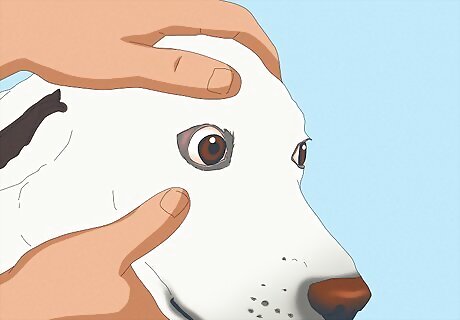
Eyes Young dogs often have clear, unclouded eyes. Middle-aged to elderly dogs, on the other hand, tend to develop round, gray or bluish clouds in the center of their eyes. This is known as lenticular sclerosis, and happens when the lenses of your dog’s eyes harden with age. It doesn’t affect how well your dog sees, but is a good indicator that they’re at least around the middle of their breed’s lifespan. Note that lenticular sclerosis is different from cataracts, which are white and opaque, and do affect vision. Cataracts are also common in older dogs, but if you notice them, consult a veterinarian about care.
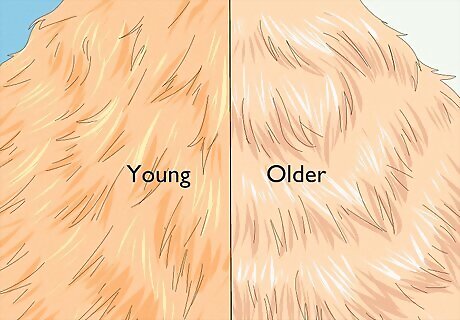
Fur Fur color often changes as a dog ages, but isn’t the most reliable indicator of age. Generally, younger dogs have less gray or white fur, while older or elderly dogs have much more, especially around the snout. That said, gray fur can develop around the snout as early as 2 years into a dog’s life, and many dogs gray prematurely as a result of high activity, stress, or even just genetics. It’s best to consider fur alongside other indicators, like your dog’s teeth, eyes, and behavior. If you notice graying in multiple places on your dog, such as the legs, paws, and ears, it’s more likely that your dog is nearing its senior years.

Paws Puppies and younger dogs often have softer paw pads on the bottoms of their feet. In middle-aged to senior dogs, these pads are often much darker, dryer, and even cracked as a result of years of wear. Older dogs also often have dryer, more brittle nails, which may flake.

Muscle tone & build Of course, puppies are smaller and leaner than adults of their breed. Adults are in their prime, and, if they’re healthy and active, are sturdy and fairly muscular. As dogs age and become seniors, their backs tend to sag, their bones may become more visible, and their spine becomes more prominent. Also, around middle age, dogs may develop pads of fat on their lower back or hip area. Musculature is often a less reliable indicator of age (other than dramatic signs like a sagged back), since each breed, and even individual dog, has a different build.
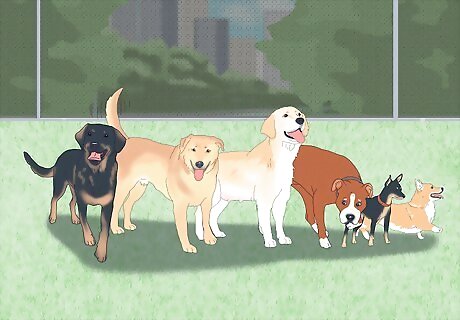
Breed and size While the above characteristics can help you gauge your dog’s age, lifespans vary by breed and size, which makes it difficult to say exactly how old a dog is. You can get a better idea, though, by looking up the typical characteristics of your dog’s breed on a site like American Kennel Club, and comparing those characteristics to those of your dog. Most dogs are considered puppies until they’re 2 years old. From ages 2-9, they’re middle-aged, mature adults. From about 10 and onward, they’re considered seniors. Small dogs like Chihuahuas (<20 lb (9.1 kg)) enter old age at around 12 years. Giant dogs like Great Danes(>90 lb (41 kg)) enter old age around 8-9 years.
Behavior

Energy levels It goes without saying that puppies have loads of energy (which you can also use to tell a puppy’s age). They’re active, playing, and chewing on everything until about 1.5 years of age. Then, around middle age, your dog’s energy levels subside and even out, becoming more consistent. In old age, your dog may slow down significantly, preferring a snooze over play time. On top of lower energy levels, older or senior dogs generally have a harder time getting around; you may need to help them up the stairs from time to time. This may be caused by arthritis, stiffness, or general fatigue.
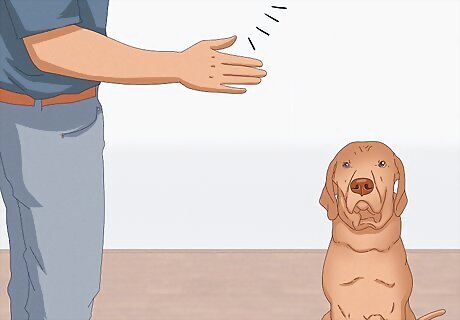
Hearing Most dogs tend to lose some or all of their hearing as they advance into their senior years. It often begins as a loss of middle- to high-pitched sounds. It’s a totally natural part of your dog’s lifespan, but many people confuse it for behavioral problems. Try saying your dog’s name at a normal volume in the same room as your dog. If their ears perk up, they’ve heard you. If not, they may have hearing loss (or be dozing), and are further along on their path of life.

Mental activity Puppies tend to be sharp, curious, and quick to pick up new commands. Middle-aged dogs are more confident and comfortable in their surroundings. Senior dogs may experience some mental decline as they advance in their years. This might include anxiety around familiar people or objects, increased vocalizations, general disorientation or clumsiness, or a change in their sleeping cycles. All of these are natural parts or your dog’s lifespan, but if you’re worried about your dog’s behavior, consult a vet to help you manage a senior dog’s behavioral needs.
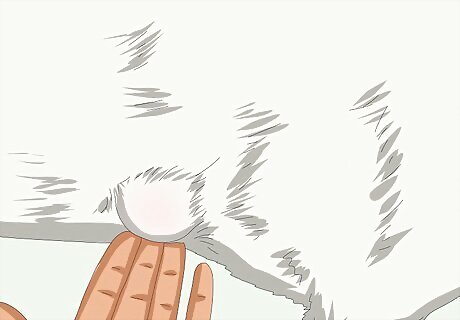
Age-related ailments Older dogs tend to experience a range of diseases or other ailments associated with advanced age. They may develop lumps under their skin (called lipomas, which aren’t cause for alarm). They might also be prone to incontinence, constipation, or accidents in the house as their bowels deteriorate. Other age-related conditions include heart or liver disease, diabetes, and obesity.
Finding Your Dog's Age in Human Years
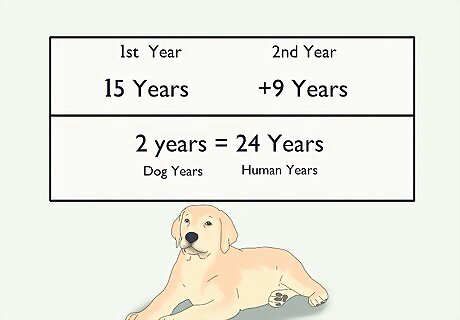
Add 15 years for the first year, and 9 for the second year. While conventional wisdom says to multiply a dog's age by 7 to determine human years, developmentally speaking, dogs are well over 7 years old (in human years) by the time they’re 1. In fact, most breeds of dogs are about 15 years old in human years by that time. Likewise, in their second year of life, they develop another 9 human years. Regardless of breed and size, most dogs are approximately 24 human years by the time they're 2 years old.
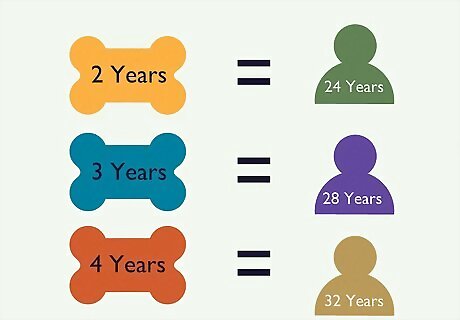
Add 5 years for each subsequent year. After those first 2 years of growing, add about 5 years to a dog's age for every subsequent year for a more accurate gauge. By 3 years old, most dogs will be 28 in human years. By 4, most dogs will be 32 in human years, and so on.
Seeking Help from a Vet
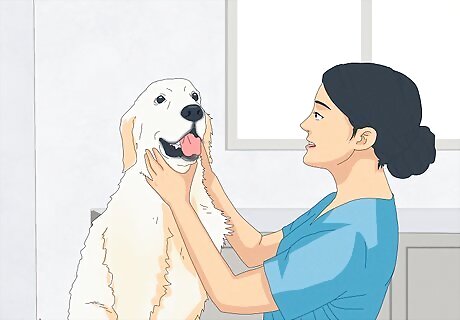
Have your vet examine your dog for signs of aging. If you're unsure of your dog's age, have your vet conduct an examination. Your vet will be more familiar with the characteristics of your dog’s breed and will be able to check your dog’s teeth, fur, eyes, and so on to produce a more accurate guess of their age than you might at home. Your vet will also be able to spot any signs of age-related disease or other ailments and help you manage them as they appear.
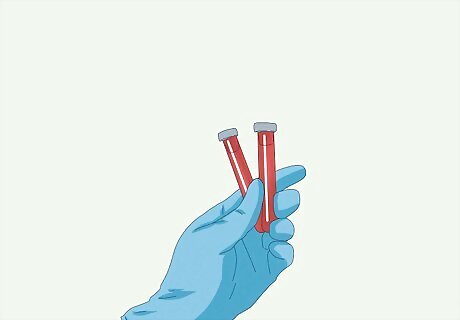
Get a blood panel done. If you're very unsure of your dog's age, a blood panel may provide some insight. A vet can take a blood panel to determine the functions of organs like the kidneys and liver. A dog's organs will function differently at different ages. However, while this can give you a rough sense of your dog's age, your vet may only be able to determine an approximate age range. The only way to know your dog's age for sure is to know their birthday. If you don't know much about your dog's history, then you might want to take them to see a veterinarian and have bloodwork done anyway. A blood panel is a good, general indicator of your dog's health, and it can also identify problems before they become serious illnesses.
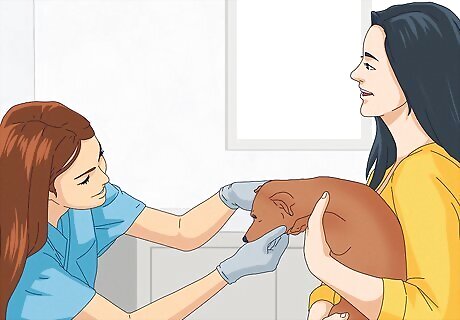
Talk to your vet about keeping your dog healthy as they age. If your dog is older or middle-aged, talk to your vet about ways to keep your dog healthy and happy. The risk for age-related diseases and ailments rises as a dog gets older, but your vet is able to provide a wealth of tips and recommendations for helping you give your dog the best quality of life. For example, your vet may recommend brushing your dog's teeth, as teeth decay with age. Your vet may also recommend that you keep your dog active to control its weight. Daily walks are a great way to keep your dog happy as they age.

















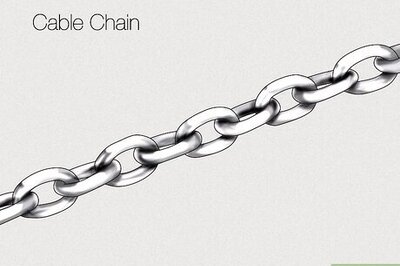


Comments
0 comment